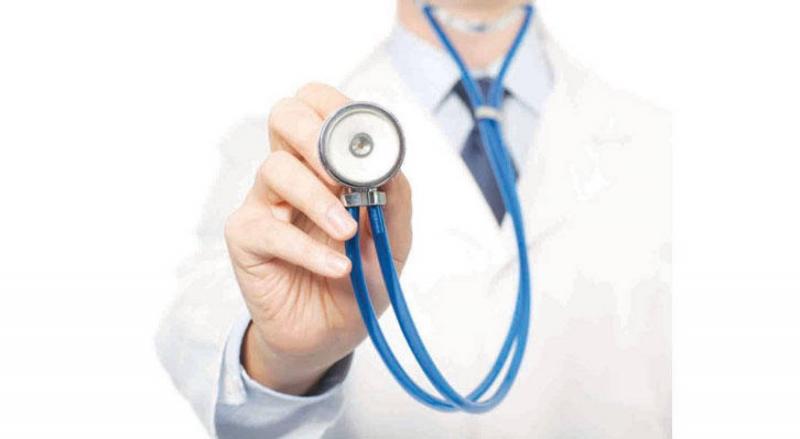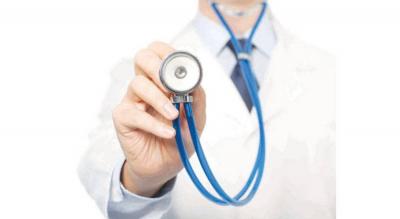An AI-powered stethoscope has made a significant transformation in the field of heart disease detection, as it can quickly identify faults at an early stage and is much cheaper than traditional heart screening methods, potentially saving many lives. According to a report by the British newspaper "Financial Times," health authorities in the UK have distributed this AI-driven stethoscope to over 200 clinics across the country after obtaining the necessary approvals and conducting trials, enabling small clinics to examine patients' hearts without cost or hassle, eliminating the need for referrals to hospitals or specialized medical centers.
The innovative smart stethoscope resembles the traditional one used in clinics, which has not been redesigned in about 200 years. However, the difference is that this new device utilizes artificial intelligence to detect heart diseases instantly. The British newspaper reports that the tool has been licensed by medical regulatory bodies for use by general practitioners and will be the first AI product that can be relied upon to prescribe life-saving medications without the need for a specialized review first.
The newspaper adds, "Thanks to AI diagnostics, the game will change for health services in Britain, which are facing immense pressure as the health authorities anticipate one of the most difficult winters in the country’s history." If AI programs are designed and tested correctly, the stethoscope could provide immediate results, be inexpensive for widespread deployment, help prioritize patients, streamline waiting lists, and potentially avoid thousands of deaths.
Dr. Mihir Keshkumar, a cardiologist at Imperial College London, who oversees the rollout of the new tool, stated, "There are about 300,000 patients on the diagnostic waiting lists for heart diseases." Experts estimate that the prevalence of heart disease in Britain is likely to be around double the recorded numbers. The aim of the AI-supported stethoscope, designed by Eko, a subsidiary of the American Mayo Clinic, is to bridge these gaps and save the lives of heart patients who end up needing emergency hospital care.




